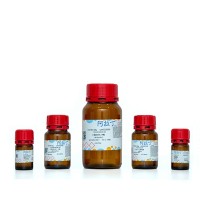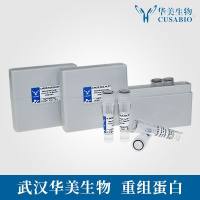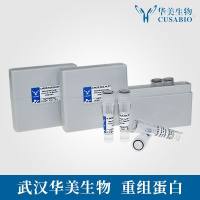Bacterial Artificial Chromosome Engineering
互联网
638
In the era of functional genomics, bacterial artificial chromosome (BAC) is an ideal choice of vector for cloning and manipulating large DNA fragments (1 ). In addition to providing a system that is able to maintain large DNA fragments (average insert size approx 150–200 kb), BAC DNA can be purified by using standard plasmid purification method. Functional analysis of the BAC insert, which may represent coding or regulatory sequences or an uncharacterized DNA fragment, may require manipulation of the BAC DNA. For example, a drug resistance marker may have to be inserted to enable selection of the BAC DNA when transfected into eukaryotic cells, a gene present in the BAC insert may have to be mutated for functional studies or a transgene may have to be introduced for ectopic expression. Depending on the goal, the method of manipulation is selected. BACs are maintained in Escherichia coli (E. coli) cells that are recA − to ensure the stability of the insert. However, this hinders manipulation of BACs by homologous recombination in the bacterial cells. Consequently, the gene(s) required for recombination is transiently expressed to facilitate homologous recombination. Several different systems have been developed for BAC engineering, each utilizing a different protein(s) (such as recA, recE and recT, or exo and bet), to enable the BACs to undergo recombination (2 –5 ).







